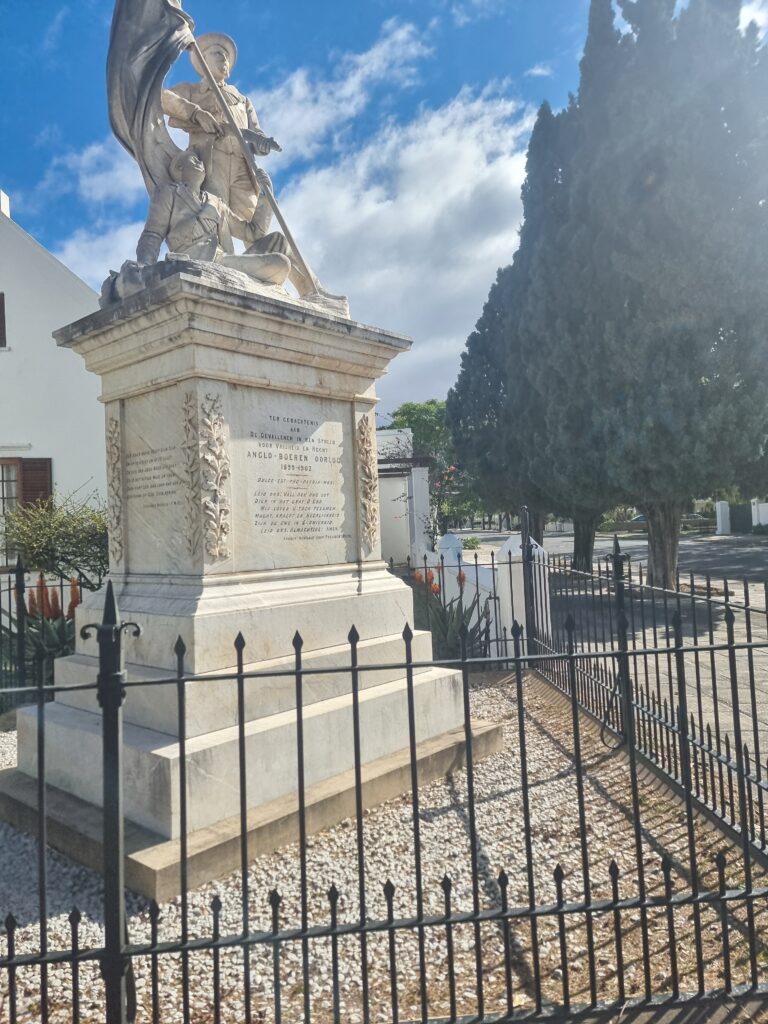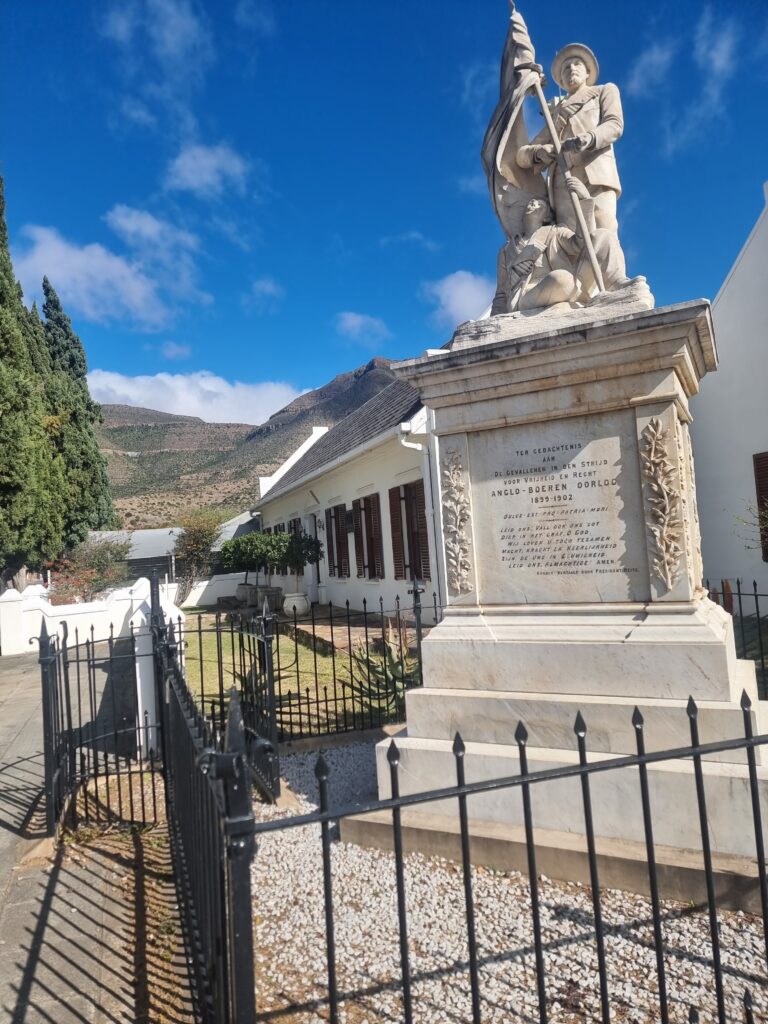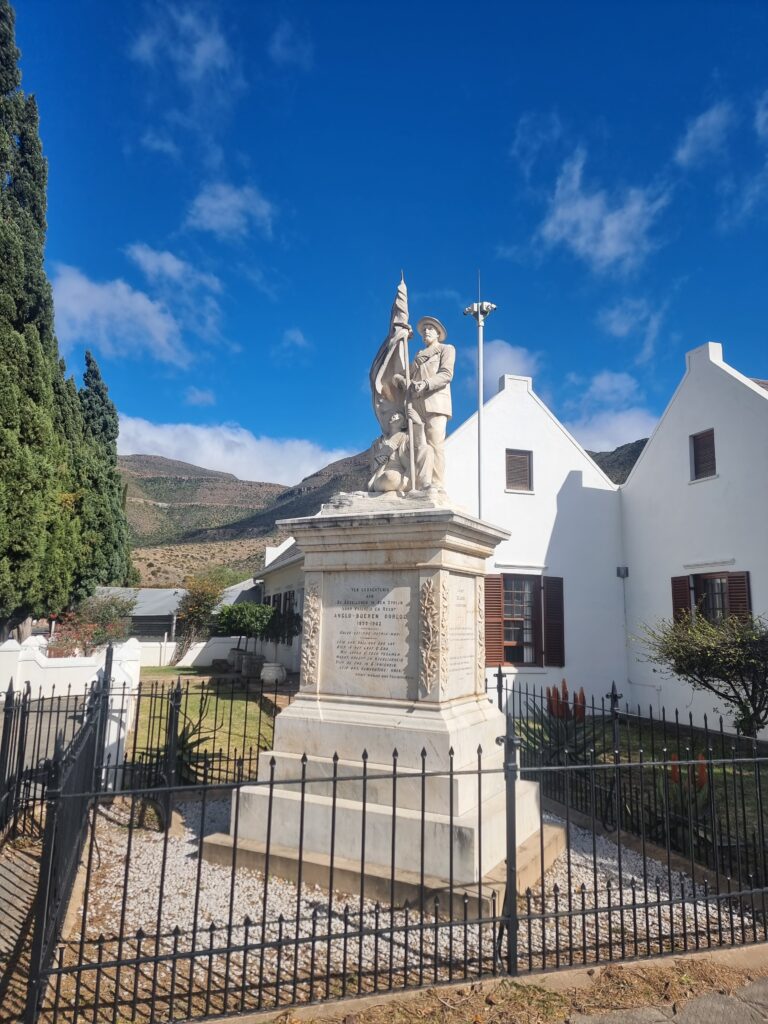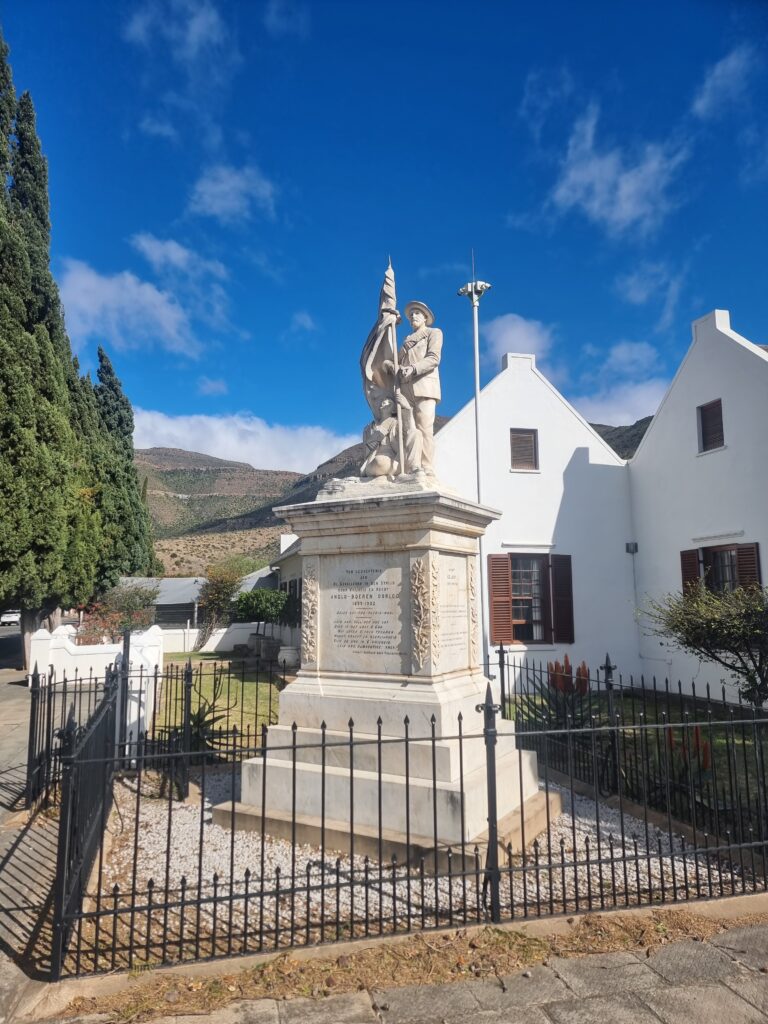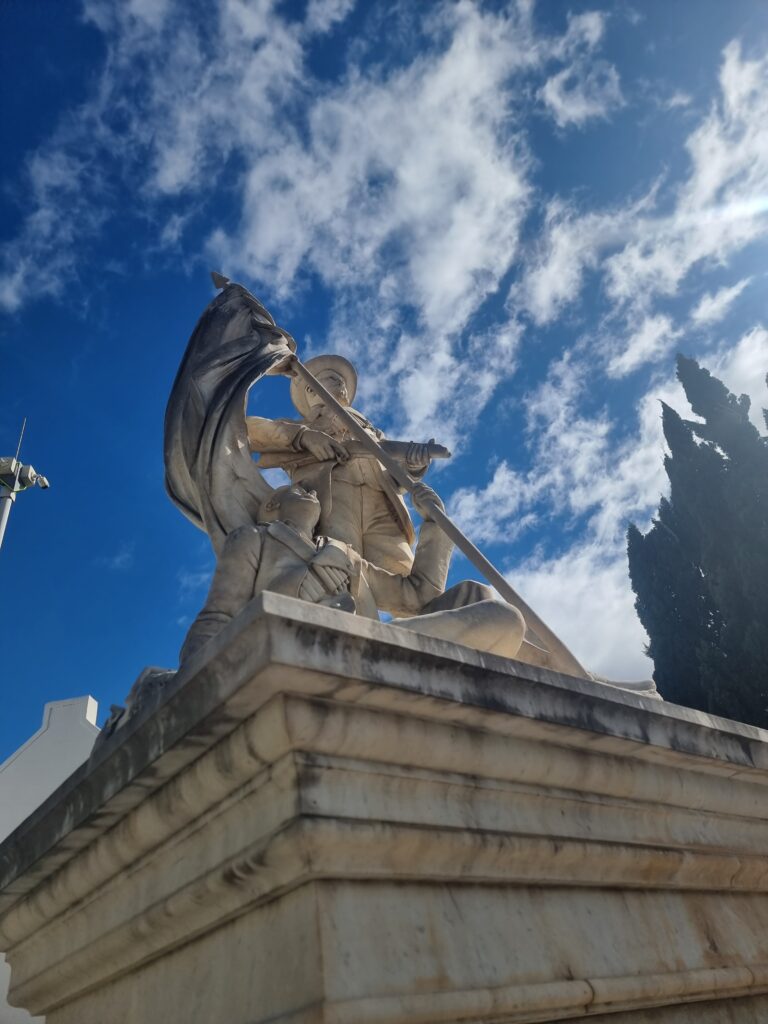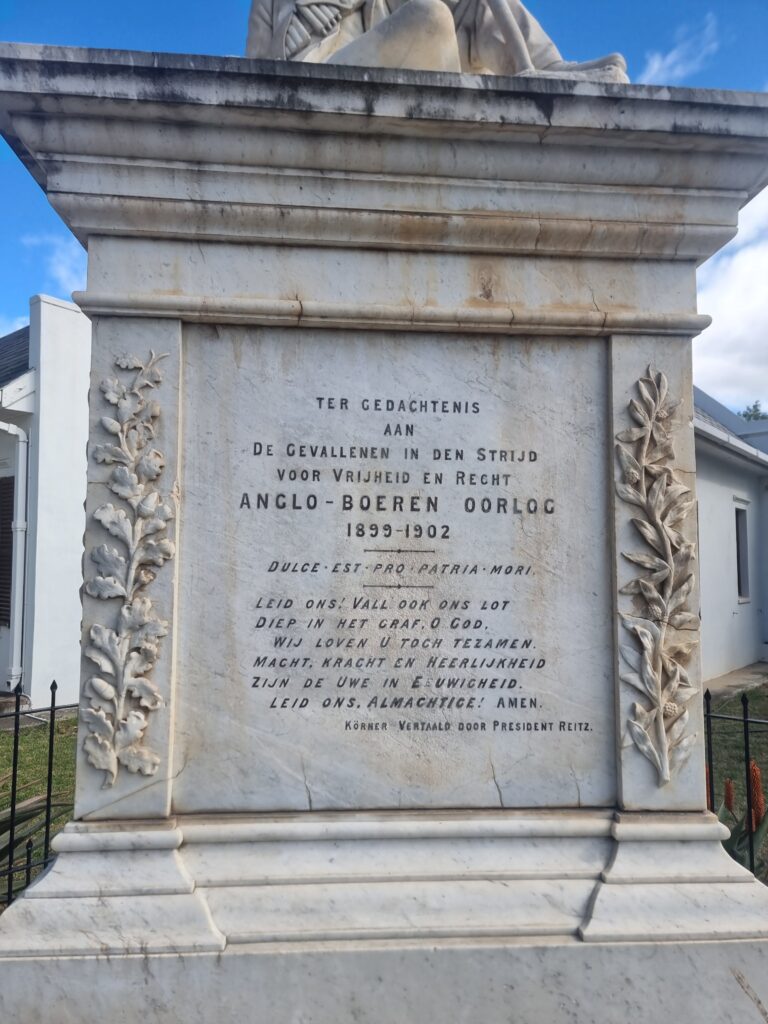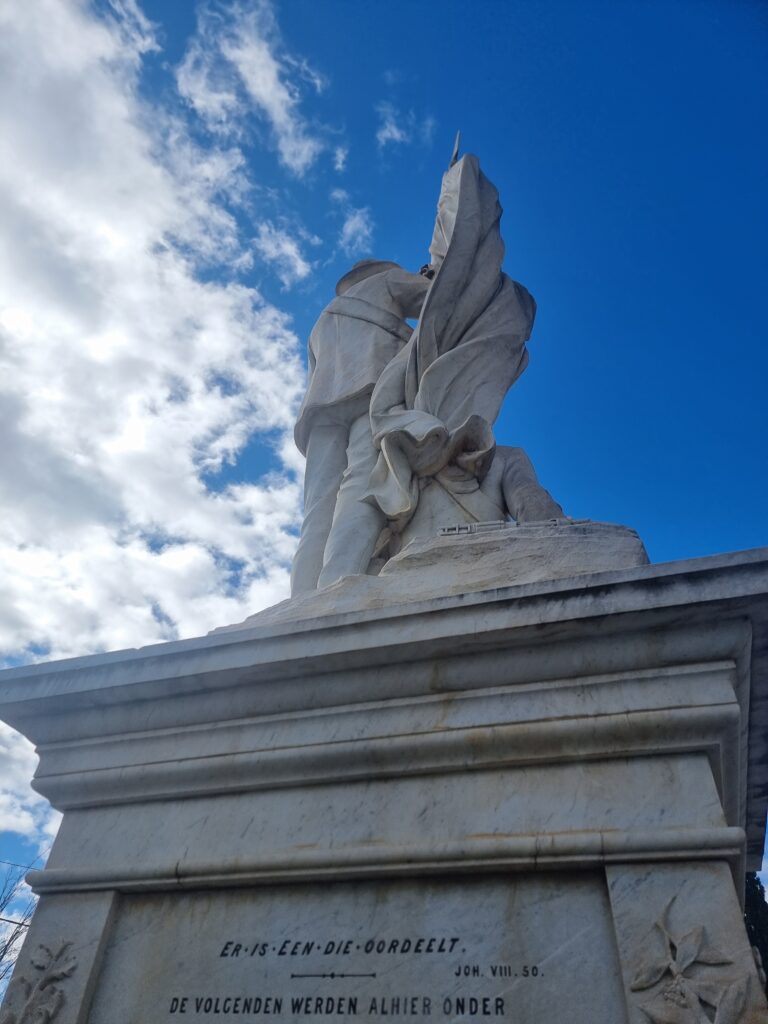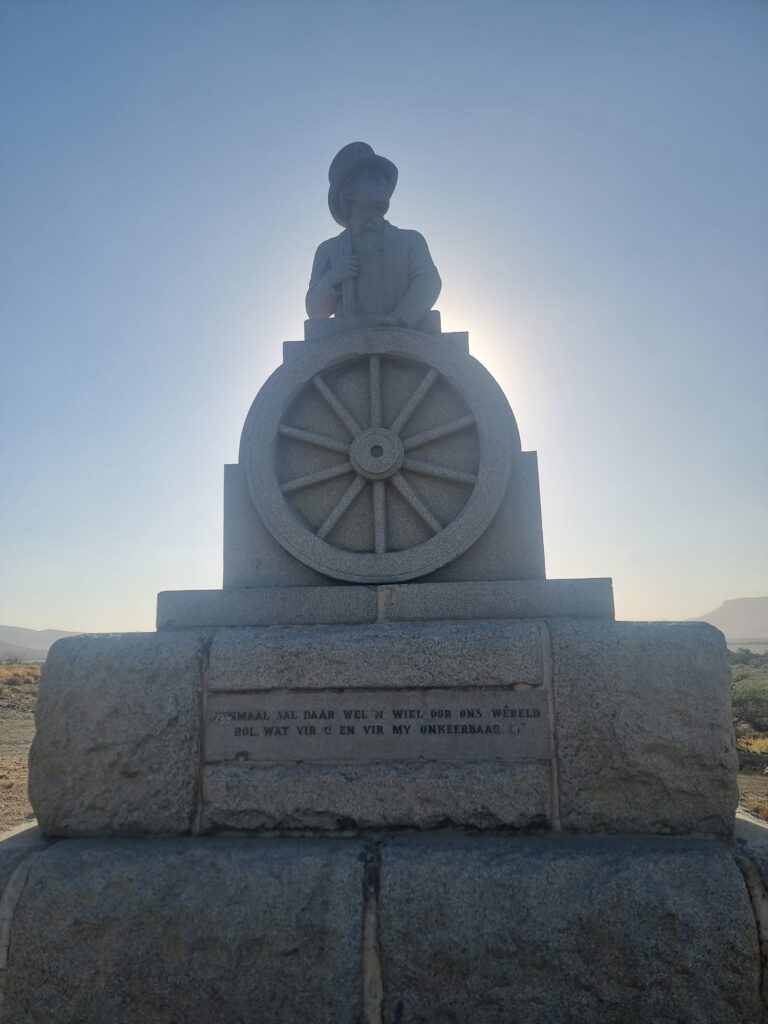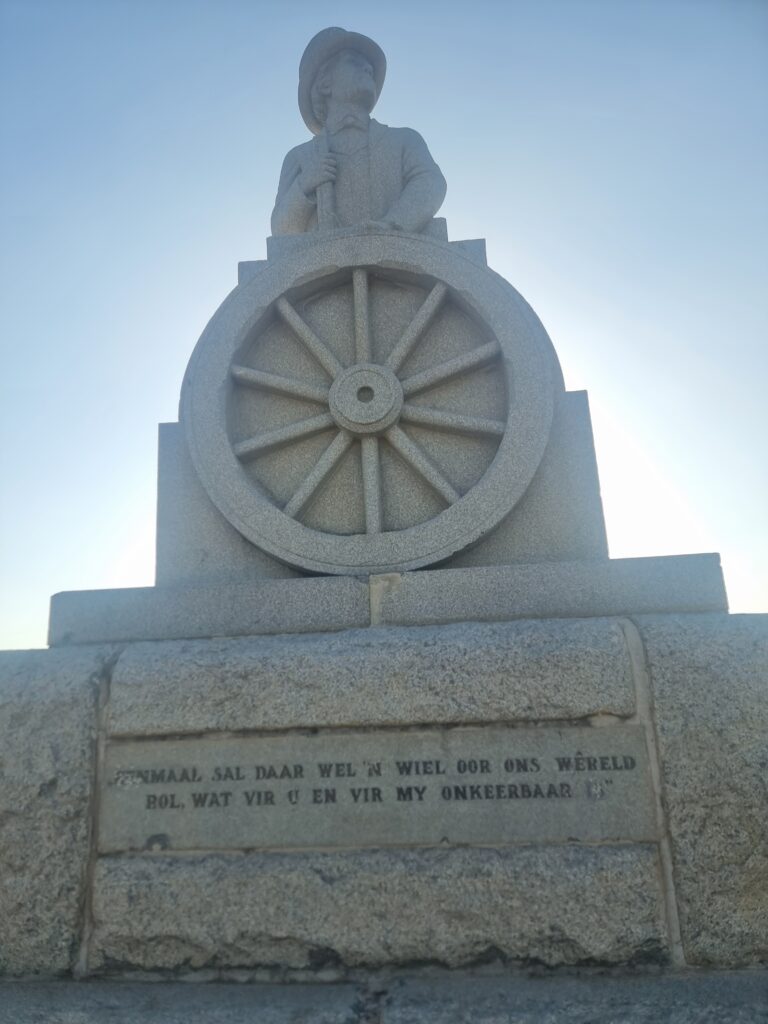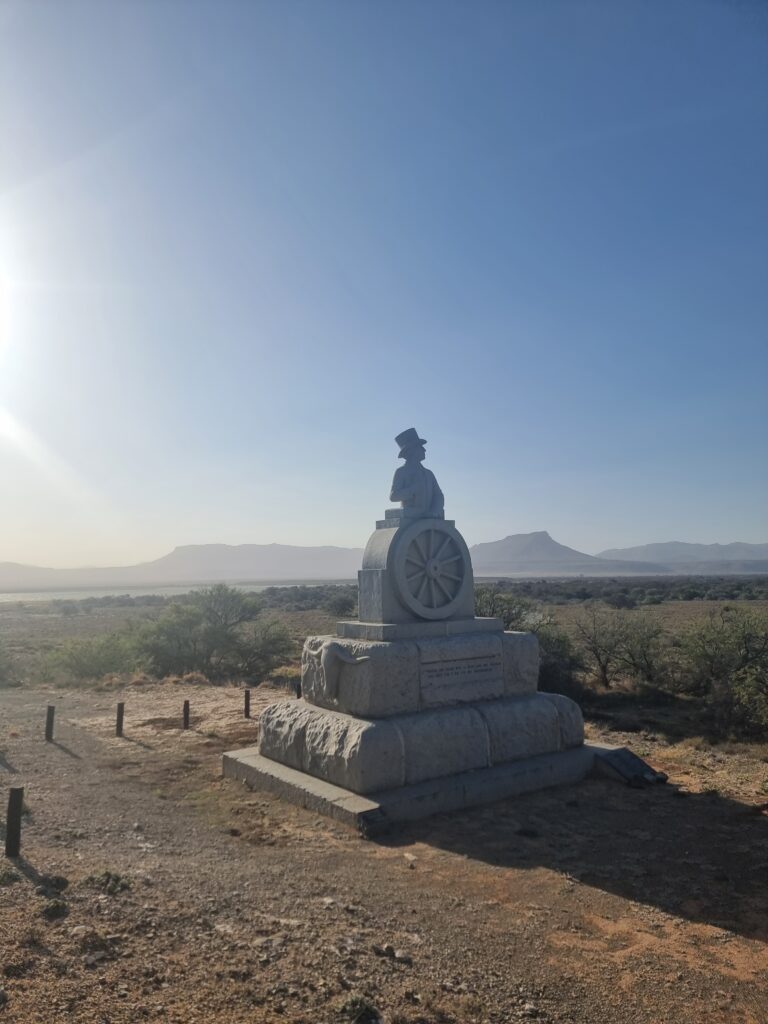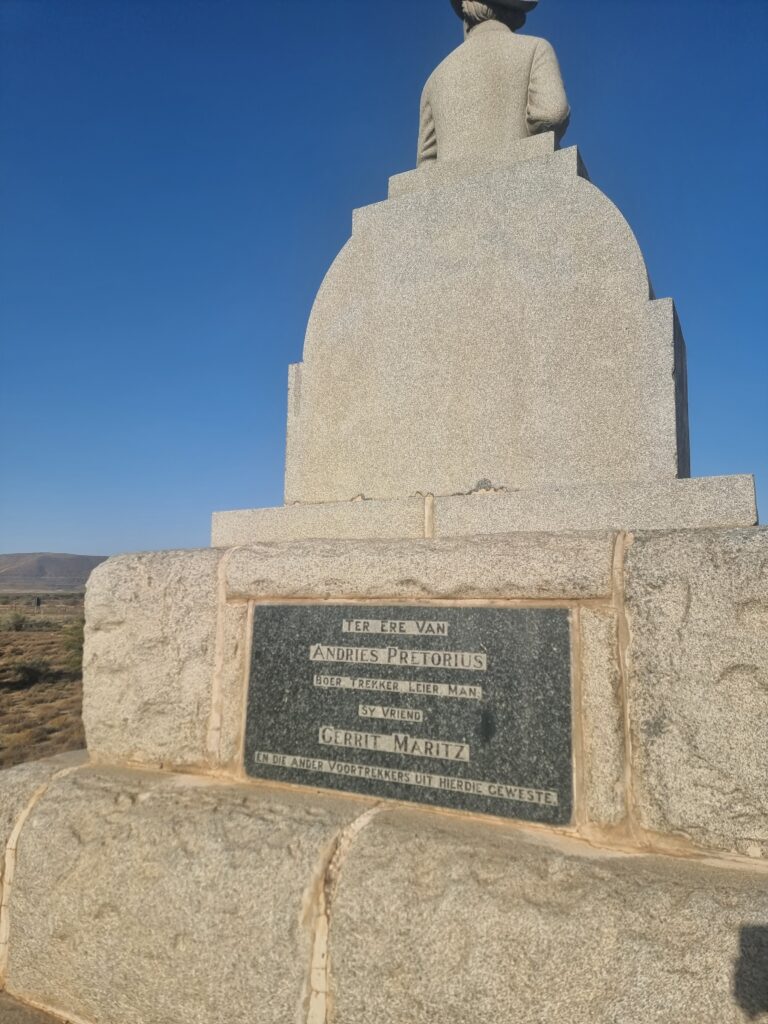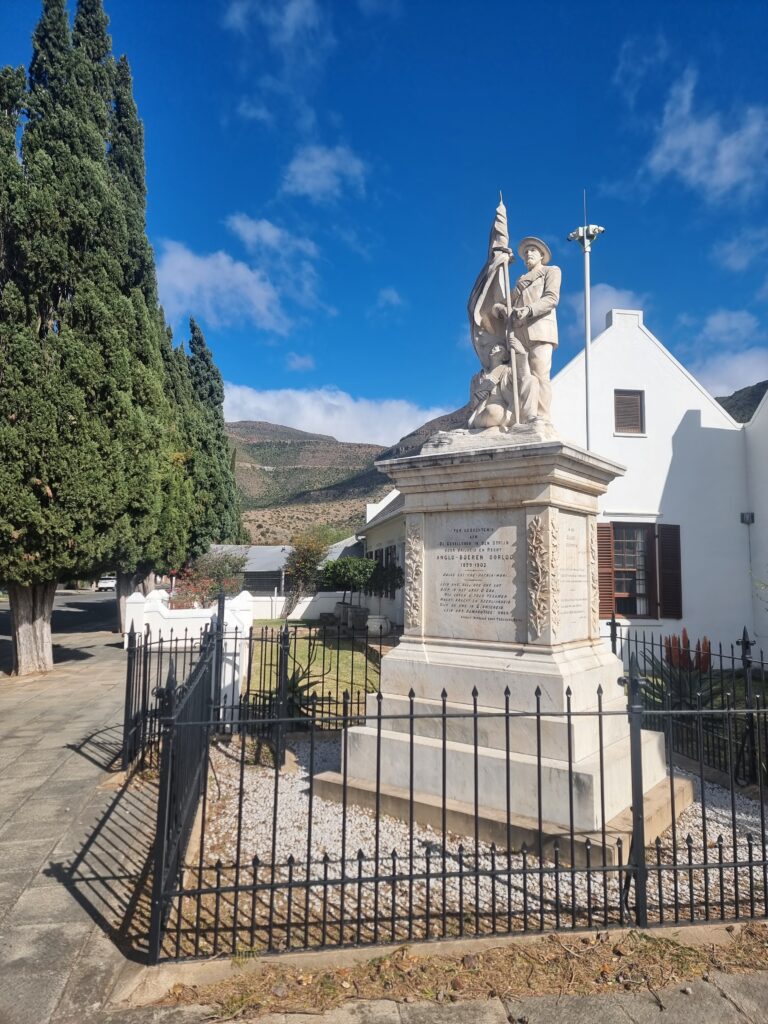
A Journey Through Time: My Visit to Graaff-Reinet
Graaff-Reinet, nestled in the heart of the Eastern Cape, has a history that pulls you in, one step at a time, through its streets, hills, and old buildings. As someone who has grown increasingly fascinated with South Africa’s past, my visit to this town was a long-anticipated one. After multiple visits to places like the Voortrekker Monument, I’ve found myself drawn to towns like Graaff-Reinet that offer a direct connection to history. But what truly elevated this experience was spending time with a man like David McNaughton.
David, the guide and an expert in the town’s history, doesn’t just introduce you to Graaff-Reinet; he immerses you in it. He is an overflowing well of knowledge—a seemingly unstoppable stream of facts, stories, and explanations that make you realize just how much you don’t know. You only truly appreciate his depth when the conversation begins, and then it feels like history is unfolding before your very eyes.
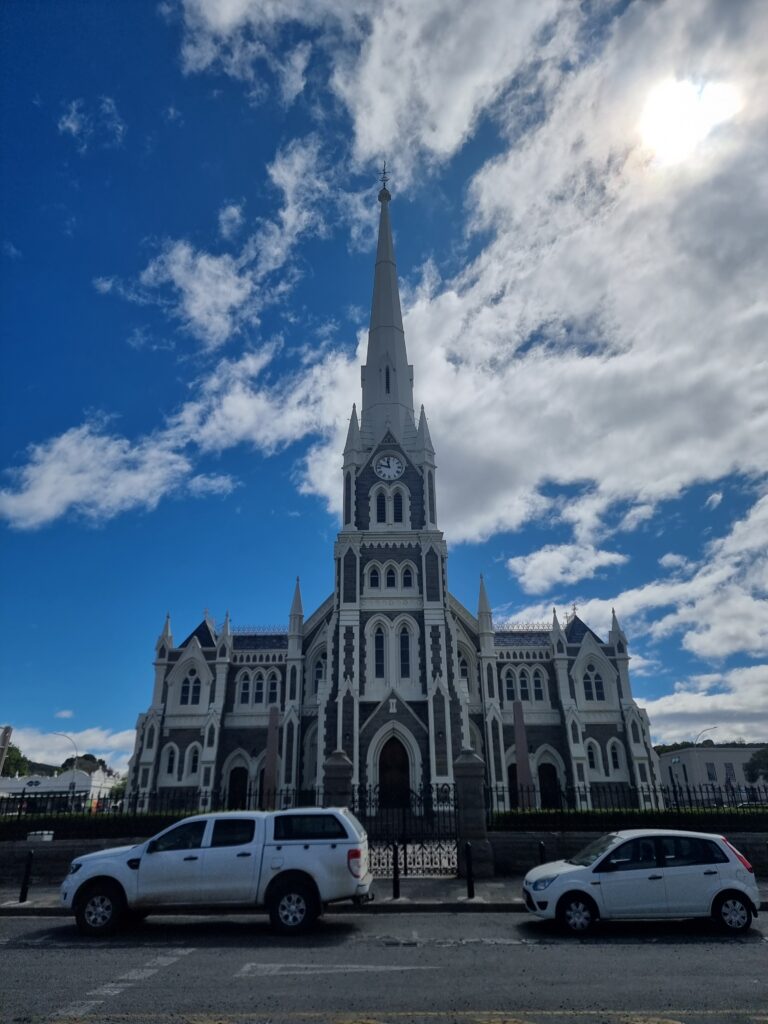
Expanding Into the Hinterlands
One of the things that stuck with me was David’s explanation of how European settlers moved into the hinterlands. It wasn’t simply about expanding the Cape Colony—it was about settlement and survival. European missionaries weren’t just explorers or traders; they were determined to grasp the land, learn the customs of the native people, and establish footholds for their missions and settlements. David explained how missionary efforts played a massive role in these early movements, laying the groundwork for much of the colonial infrastructure that would come later.
As we stood atop Magazine Hill, he unraveled the story of how treacherous terrain along the coast funneled settlers inland. The Tsitsikamma cliffs and valleys, beautiful but unforgiving, made it almost impossible to expand along the coast, so people turned their attention inland, creating trade routes and settlements like Graaff-Reinet.
The Fauna Mystery
Then came one of the most bizarre and thought-provoking moments of the tour. David pointed out an incredible coincidence or phenomenon that has puzzled historians and botanists alike. The first Europeans to enter the Transgariep region in the 17th century found Chinese willow trees growing on the banks of the Orange River. How did they get there? Along with that, they also discovered peach trees—again, originally from China. To add to the mystery, David mentioned that “Dagga” (marijuana), which was previously only known to exist in China, was found growing in the region. How were these plants so far into the hinterlands of southern Africa before Europeans even arrived? It was as though the land had a story of its own that hadn’t been fully uncovered yet.
David’s knowledge of flora and fauna blew me away. He didn’t just talk about history in terms of people, but also how the land and its plants told their own story. Standing there, jaw dropped, I was left in awe, realizing that history isn’t just something you read in books—it’s alive, it’s here, and it’s begging to be understood.
The Start of the Great Trek
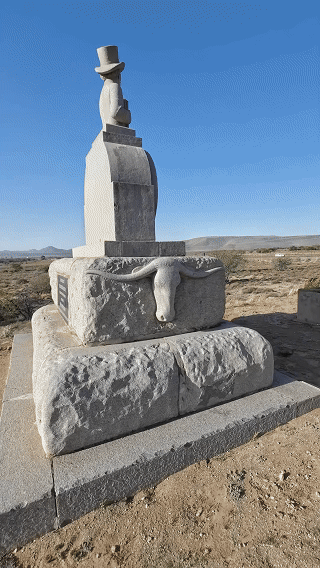
Read More about the Great Trek & Graff-Reinet
Graaff-Reinet holds a significant place in the early history of the Great Trek, a pivotal event in South Africa’s colonial history. Established in 1786, Graaff-Reinet was one of the earliest settler towns in the Cape Colony and became a focal point of discontent for the Dutch farmers, or Boers, in the early 19th century. The grievances of these frontier farmers against British colonial rule—particularly regarding land, taxation, and the emancipation of slaves—reached a boiling point in Graaff-Reinet. This dissatisfaction led to the town becoming a stronghold of resistance against British rule, laying the groundwork for the Great Trek.
The Great Trek, which began in 1836, was a mass migration of Boer settlers who sought to escape British control and find new lands in the interior of southern Africa. Graaff-Reinet was seen as the “cradle of the Great Trek” because many of the leaders and families involved in the movement, such as Andries Pretorius, had connections to the town and its surrounding areas. The town’s role as an early center of rebellion, with its declaration as an independent Boer Republic in 1795 (though short-lived), made it a natural starting point for the journey into the unknown interior, where the trekkers sought freedom, autonomy, and land to sustain their way of life.
Thus, Graaff-Reinet is not only historically significant as one of the earliest European settlements in the Cape Colony but also as a key player in the ideological and political resistance that culminated in the Great Trek. This movement would forever reshape South Africa’s political landscape.

Unpacking the Papal Bull
One of the most intense conversations we had revolved around European colonization, religion, and the role of the Papal Bull. This was something I needed to fact-check later, but David explained it like this: during the Dark Ages, as the Moors expanded across Europe, conquering lands from Spain to Portugal, the Catholic Church felt an existential threat. At the time, the Pope (Pope Nicholas V, in 1452) issued a decree that allowed European explorers like Vasco da Gama and others to conquer lands occupied by non-Christians. This was Europe’s way of fighting back, an expansion of power and influence to prevent another Muslim conquest.

As David wove together these historical threads—Europe’s battle for religious survival, the Reconquista, and the exploration of Africa—I found myself staggered. My mouth hung open, and I had nothing to say. I was floored by the sheer scale of history unfolding. What he was explaining wasn’t just about colonialism or land—it was about religious identity, power struggles, and the survival of entire nations. It made me reconsider everything I thought I knew about European exploration.
Disease, War, and Cooperation at the Cape
David’s narration of early European interactions in the Cape was as fascinating as it was sobering. He explained how European explorers first encountered both the Khoikhoi and amaXhosa people, two distinct groups that had their own unique responses to these new arrivals. The Khoikhoi, pastoral nomads who had long engaged in trade, were particularly excited to see European ships docking at the Cape. They were eager to exchange what they had—beads, food, and most importantly, their time. In return, the Europeans introduced them to goods and practices from far-flung corners of the world.
There was cooperation at first. The Khoikhoi would often provide services like washing linen and trading livestock. This interaction, however, soon became complex as more Europeans settled in the region, bringing with them not only new technologies but also diseases that the indigenous population had no immunity to.
One of the most devastating diseases that swept through the region was smallpox. Historical records confirm that it was primarily the Khoikhoi who were most affected by the smallpox epidemic, with entire communities being wiped out by the disease in the 18th century. The amaXhosa, living further to the east, did not escape unscathed but were less directly impacted by this particular epidemic at the Cape during its initial outbreaks.
The impact of disease, however, was compounded by the rising tensions and conflicts between the Europeans and both the Khoikhoi and amaXhosa. What began as cooperative trade relationships gradually transformed into power struggles over land, resources, and sovereignty. The Khoikhoi, being pastoralists, found their way of life increasingly under threat as European settlers expanded their farms, eventually leading to the Khoikhoi-Dutch Wars in the mid-17th century.
David also emphasized how these early interactions marked the beginning of a new labor system. The pastoral, nomadic lifestyle of the Khoikhoi, and the later subjugation of the amaXhosa, gradually gave way to a more rigid, exploitative economic structure. The Khoikhoi, and later the amaXhosa, became entangled in a system where they worked for European settlers, laying the foundation for what would evolve into the migrant labor system, where people were sent off to work in mines and growing urban centers.
It was a humbling realization that cooperation, war, and disease were so deeply intertwined in South Africa’s early history, setting the stage for centuries of social and economic change that would follow.
Stopping by Graaff-Reinet’s Monuments
We also took some time to visit other significant monuments around town, one of the most moving being the Anglo-Boer War Memorial at the corner of Somerset and Donkin Streets. Unveiled in 1908 by General Esaias Grobler, this marble monument was created in Italy and stands in memory of the Boer soldiers who fell in the war from 1899 to 1902. The statue, which is said to be based on photographs of Boer soldiers, commemorates those who died “in the struggle for Freedom and Justice.” It’s a powerful tribute to the sacrifices made during the war, with its striking design and engraved inscriptions that capture the raw emotion of the era(Graaff Reinet Tourism)(Anglo-Boer War Website).
On the day before my tour with David McNaughton, I visited the Andries Pretorius Monument, which is located just outside of Graaff-Reinet, along the N9 highway towards Middelburg. This monument pays tribute to one of South Africa’s key historical figures, Andries Pretorius, a Voortrekker leader known for his role in the Great Trek and his victory at the Battle of Blood River. The site itself is part of the Camdeboo National Park, which is also home to the breathtaking Valley of Desolation. Learning about Pretorius in the context of the surrounding natural beauty highlighted the intersection of South Africa’s rugged landscapes with its rich history. The national park is responsible for the preservation of the Valley of Desolation, a geological marvel with towering rock formations that rise dramatically from the Karoo plains. The visit gave me a deeper appreciation of both the country’s historical leaders and its unique natural heritage.
Wrapping Up at the Best Coffee Shop in Graaff-Reinet
After hours of standing in the cold wind on top of Magazine Hill, David and I finally descended into town to warm up at what I now claim is the best coffee shop in Graaff-Reinet. I was desperate for something warm, and the sight of the fireplace felt like a gift from the heavens. Over a steaming cup of coffee, we chatted about everything we’d covered during the tour, and I felt an immense gratitude for all that I had learned. David’s stories, his knowledge, his passion—it was infectious.
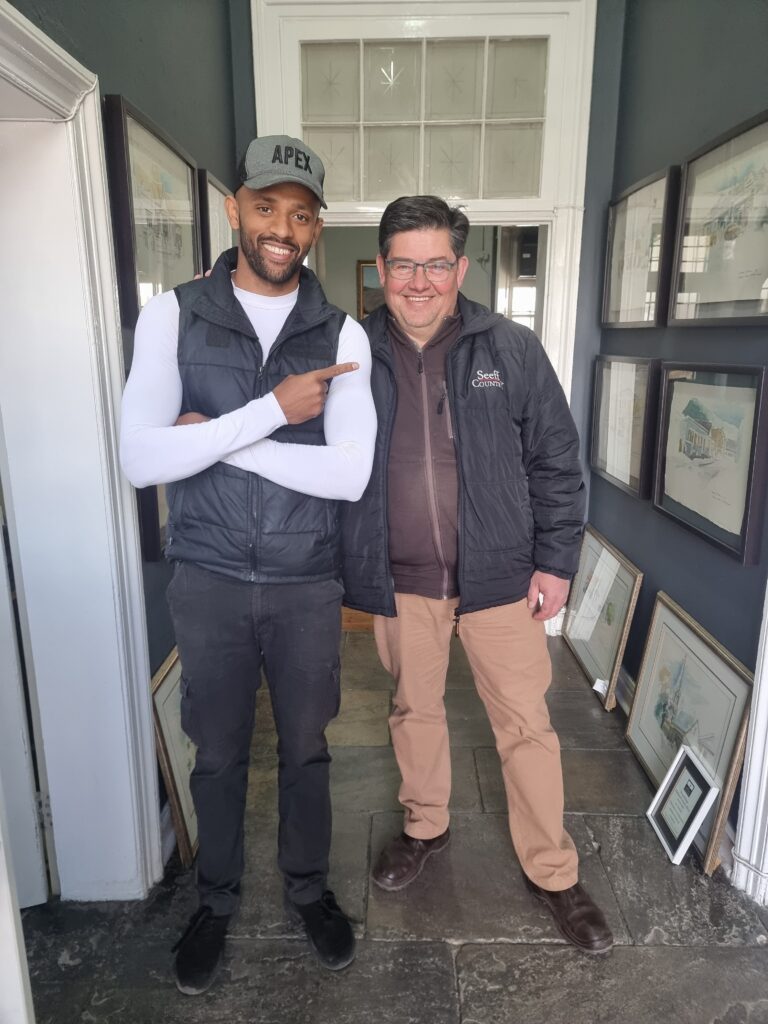
Before leaving town, I bought a few books from David’s bookshop. It felt like the perfect way to cap off a day filled with deep dives into history. As I headed to the next town, my mind raced with everything I had learned. Graaff-Reinet, with its layers of history, had left a deep mark on me, and I couldn’t wait to share the experience with others.
Graaff-Reinet is more than just a quaint town in the Karoo—it’s a living testament to the rich, complex, and often painful history of South Africa. And with guides like David McNaughton, that history isn’t just told, it’s experienced.
